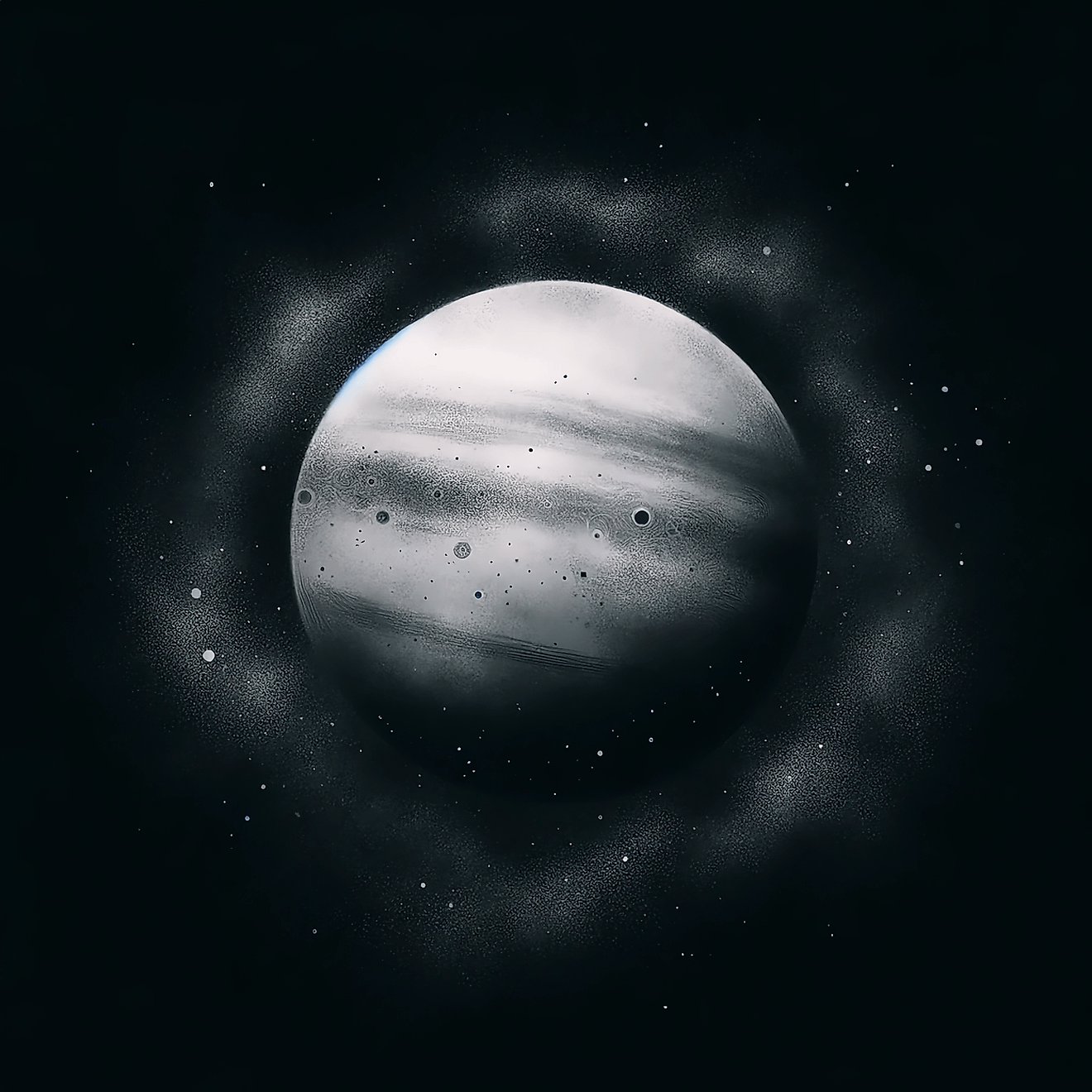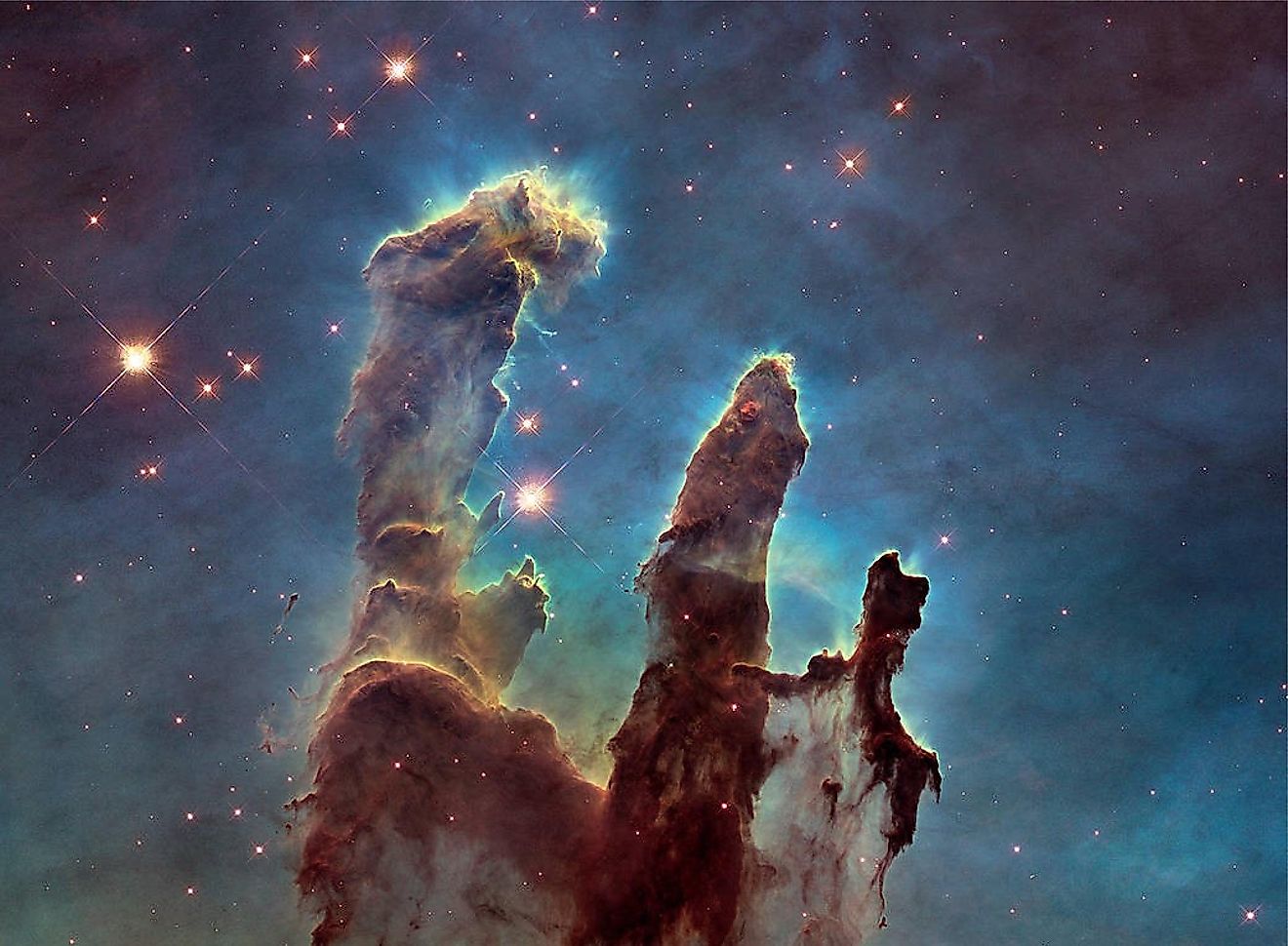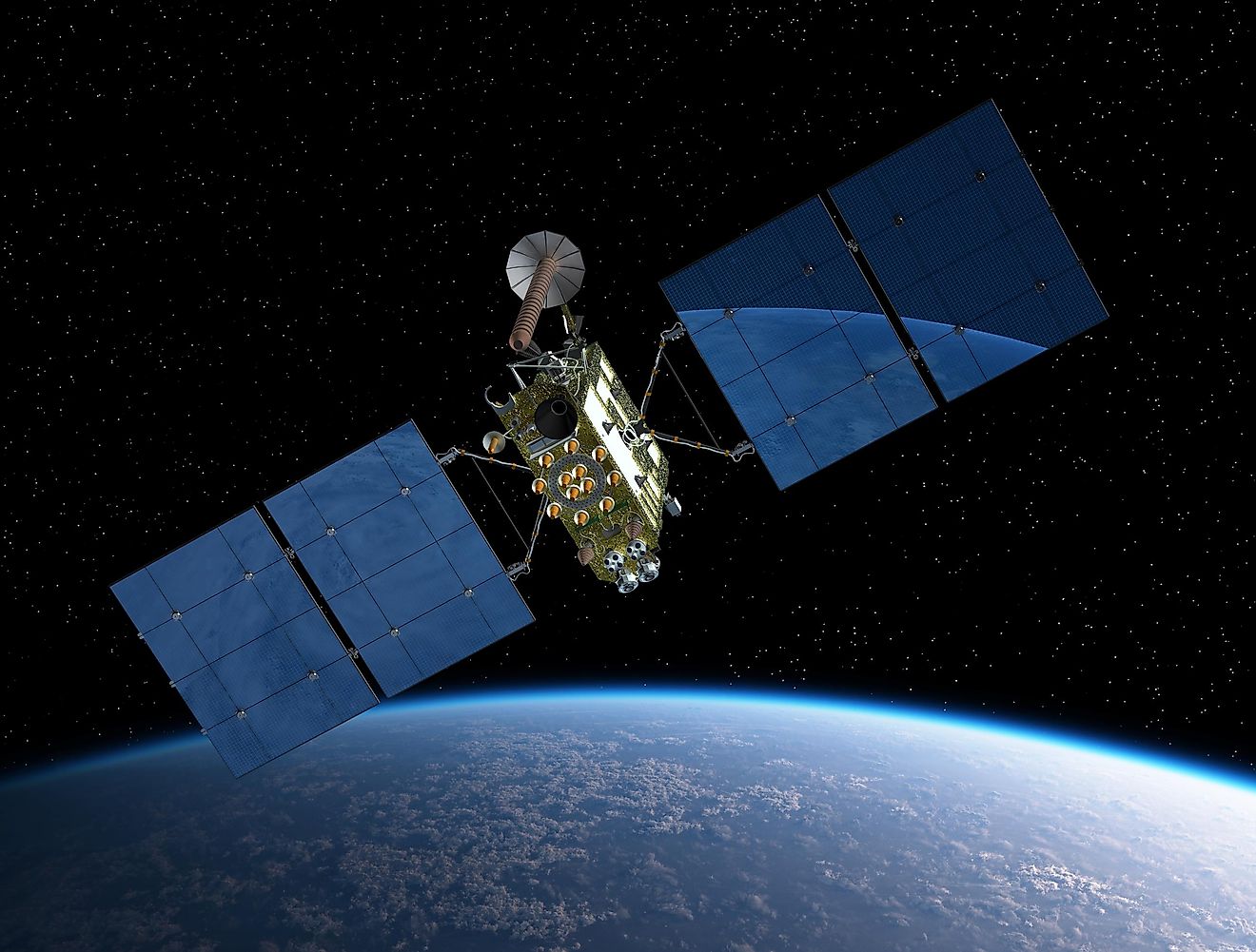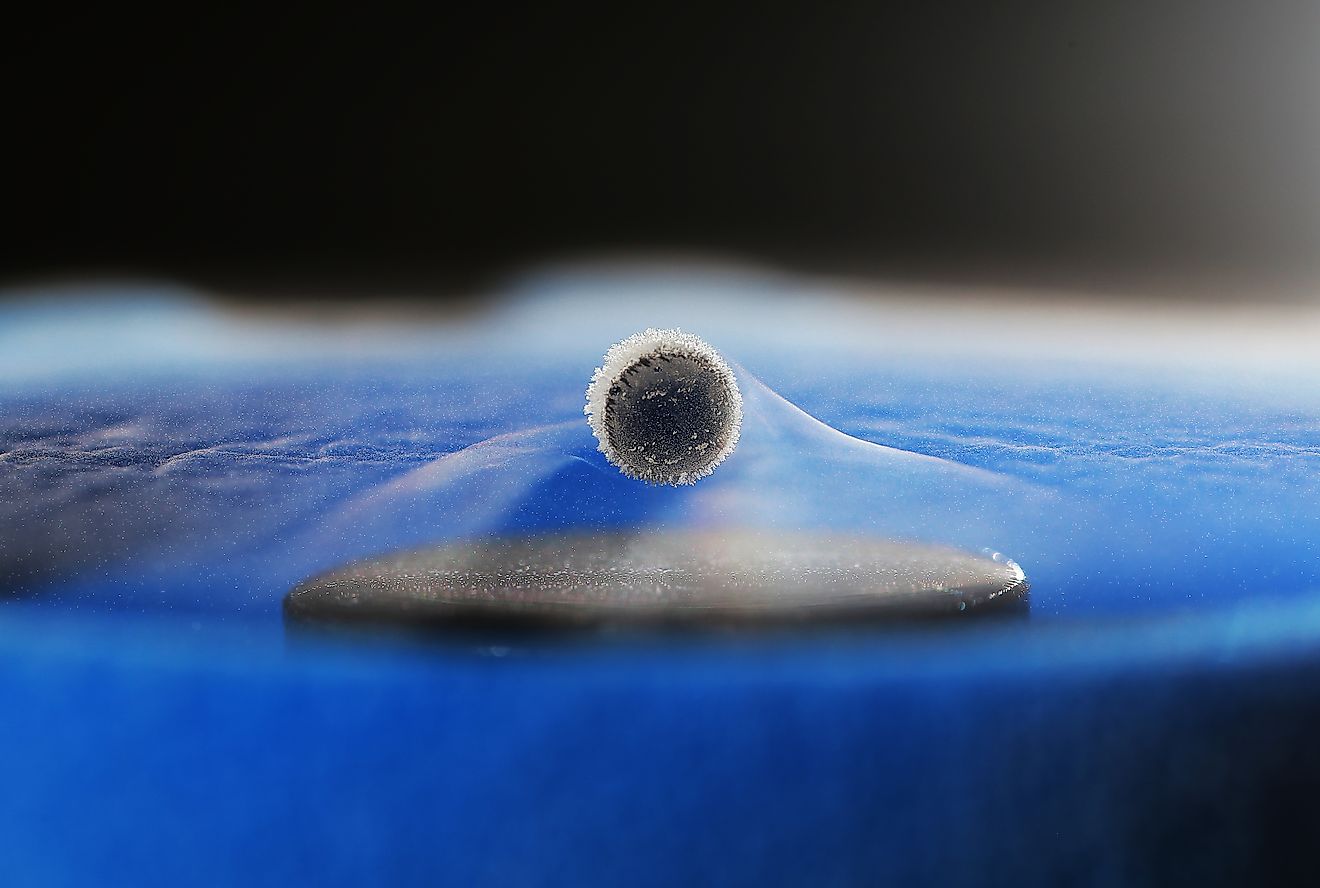How Do Meteorologists Predict Weather Patterns?
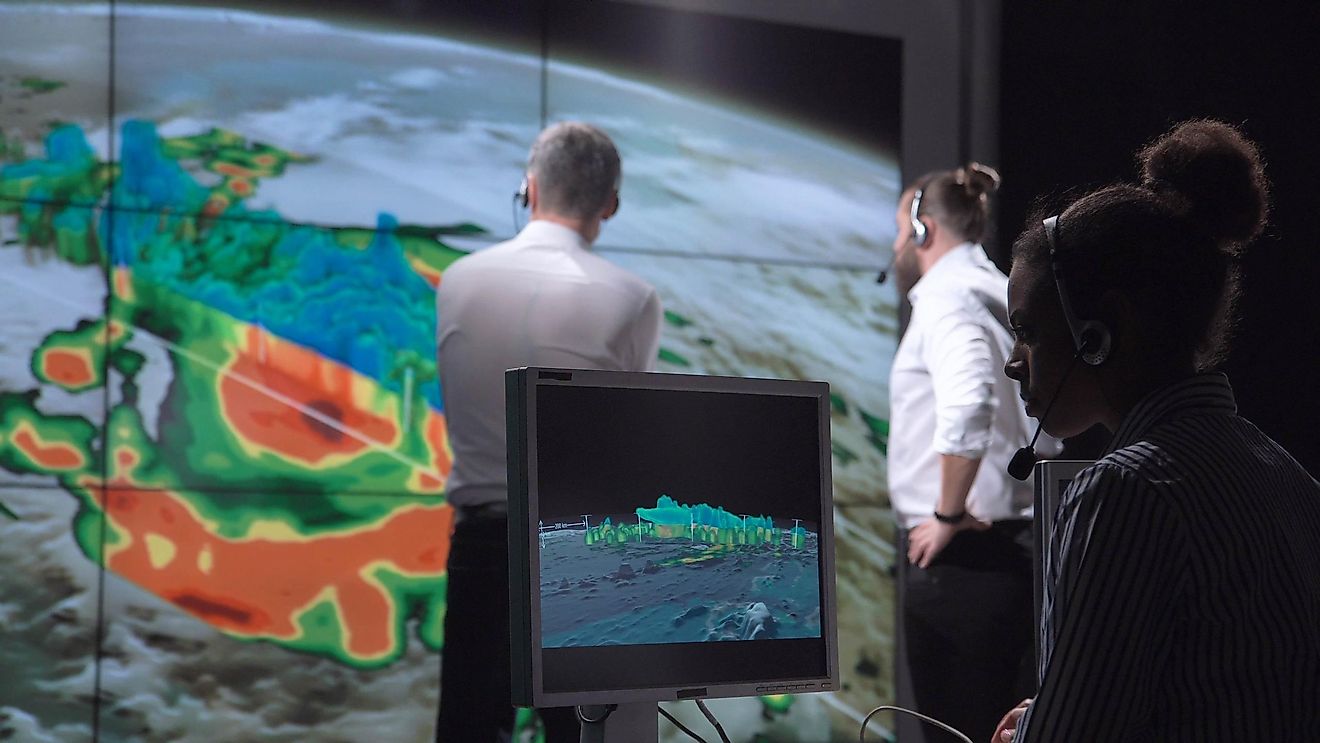
- Tools such as weather balloons and satellite imagery are used to predict weather.
- Nowcasting is the method of weather forcasting in the near future.
- Weather forecasting is simply an educated guess.
Every time you are about to leave the house for outdoor activities, you check the weather forecast first. It is as simple as opening an app on your phone or tuning in to the weather channel on your TV. Many of us even plan events based on what we see. You may wonder how predicting the weather is even possible, especially as far in advance as 14-day predictions. Thankfully, meteorologists have many ways of doing so.
Predictions and Weather Models
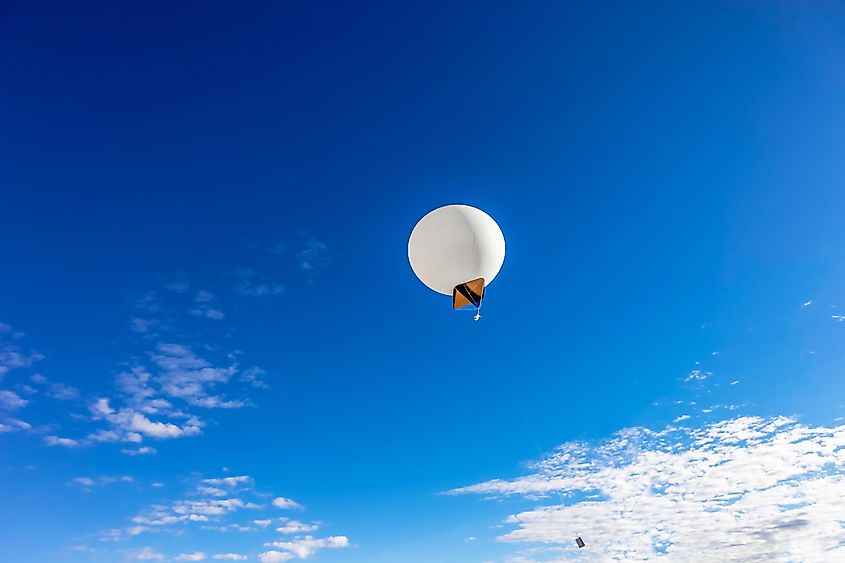
Meteorologists use a handful of tools to predict the weather patterns, but in the end, that is all they are: predictions. A prediction is an educated guess, and no person can control the weather. The computer models, known as forecasting models, are made up of millions of different observations from radar maps and satellites. Meteorologists have a handful of these models to look at, which can produce a different outcome each time. This group of models is called a model ensemble. These models can be altered in so many different ways. One model can show a forecast of sun, but a slight change in wind speed could show the same day turn to an overcast or rainy day. A large number of variables is why we see the 14-day weather forecast change so frequently.
One tool often used is a special weather balloon. The balloon is released into the atmosphere, recording temperature, air pressure, wind speed, and wind direction. Other tools include satellite imagery and radar to see where precipitation is. All this data is then put into a supercomputer to make weather models. Even with computer models, it is up to the meteorologist to decide whether the weather it is likely or not. The meteorologist takes past and present information to help predict that future weather pattern
Nowcasting
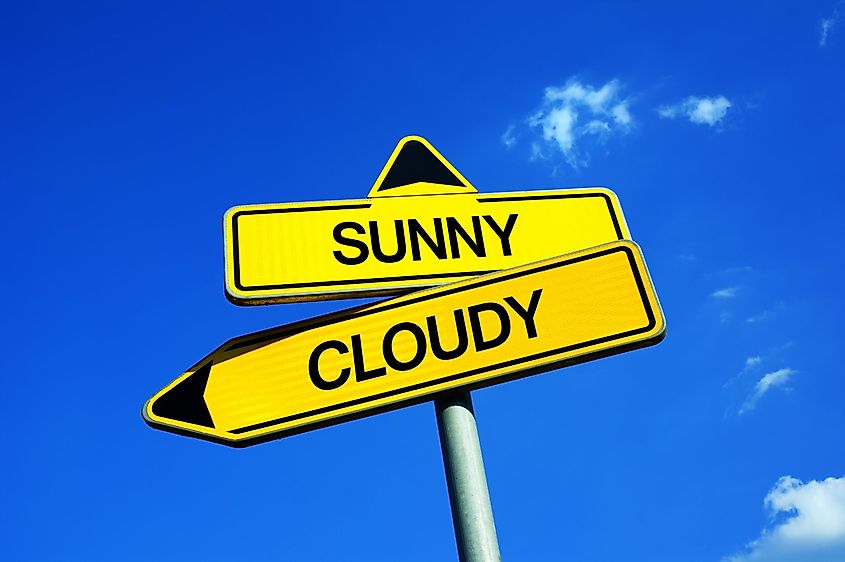
The method for predicting the weather hourly is called nowcasting. It is is the prediction of weather for up to a maximum of 6 hours ahead. This method is used when tracking individual storms converging in a city. A weather radar is a handy tool for nowcasting as it can predict how heavy the rain and wind is based on its echo. An echo or echo-top is a radar that determines the top of an area of precipitation. They are used to determine the intensity of a storm. The higher the top, the larger the cloud is. The higher the cloud, the stronger the updraft, which is the speed in which wind is traveling upwards in a storm. Large updrafts in a storm make more significant wind gusts and hail likely. All this real-time information makes it essential to nowcast as sometimes thunderstorms are so severe it requires an immediate reaction from the public.
Predicting the weather is an essential day to day factor in our lives. From airplanes in the sky trying to land and take off in fog, or cargo ships avoiding large storms out on the ocean, we are continually looking at the weather. Predicting these patterns is a full-time job, and often it is important to our safety.








